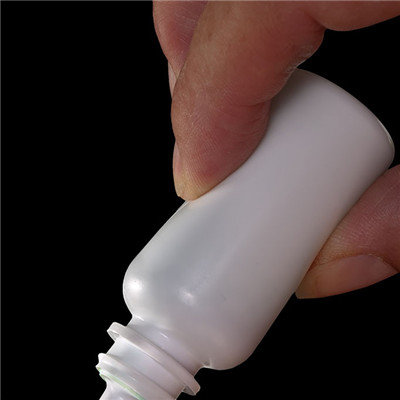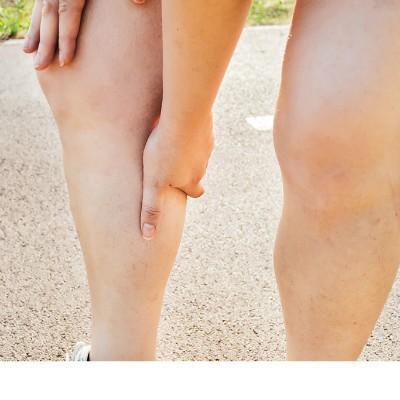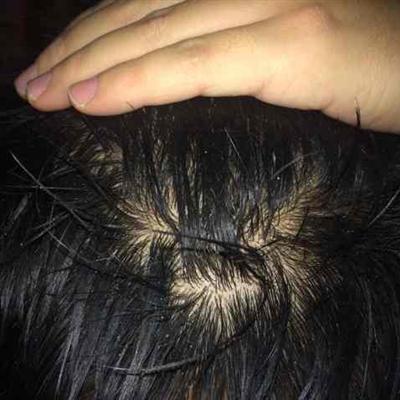How does orbital medial wall fracture do?
summary
Orbital fracture can occur alone or with other maxillofacial fractures, such as zygomatic fracture, frontal fracture or maxillary Le Fort Ⅱ, Ⅲ fracture. The clinical orbital bone fractures include orbital floor fractures, supraorbital margin fractures, orbital roof fractures, orbital medial and lateral wall fractures, among which orbital floor fractures have some characteristics in diagnosis and treatment. How does orbital medial wall fracture do?
How does orbital medial wall fracture do?
Orbital floor fracture is weak, mainly composed of maxillary orbital process, that is, the upper wall of maxillary sinus. The orbital floor is an inclined plane extending from the posterior to the upper. The posterior part of the orbital floor is a weak area, through which infraorbital canal and infraorbital fissure pass. This area is connected with the ethmoid paperboard to form the inferior wall of the orbital floor, which is as thin as paper. When the middle part of the face is impacted by an external force, the orbital floor will impact, causing a sharp increase in orbital pressure, which can cause orbital floor fracture. This kind of fracture is also called burst fracture. Because the maxillary sinus is below the orbital floor, the orbital floor fracture often causes the orbital content to hernia into the maxillary sinus.

Symptoms of orbital fracture 1. Periorbital blood stasis, swelling, periorbital subcutaneous and subconjunctival hemorrhage. If the orbital hemorrhage is more, it can make the eyeball protrude. The lower edge of the orbit can often touch the steps with tenderness. 2. Ocular lacuna is an important sign of orbital floor fracture. The main causes of ocular lacunae are: ① orbital floor fracture, orbital contents and eyeball downward displacement or hernia into maxillary sinus cavity; ② The orbital floor fracture was displaced, resulting in the enlargement of the orbital cavity and the insufficient amount of orbital fat to support the eyeball. 3. The orbital fossa, including rectus oculi, inferior oblique muscle and orbital wall muscle membrane, all shifted downward in the case of diplopia fracture, resulting in the limitation of vertical movement of extraocular muscle and diplopia. If the eyes are damaged, it can also cause diplopia. 4. Numbness in the infraorbital region. The fracture fragment of orbital floor fracture often injures or oppresses the infraorbital nerve, causing numbness in the innervated region.

Examination of orbital fractures 1. Patients with a history of blunt impact on the eye or multiple fractures in the middle of the face should pay attention to orbital floor fractures. 2. Patients with middle facial fracture complicated with eyeball collapse and diplopia. 3. If the traction test of the inferior rectus muscle is positive, after the conjunctiva is anesthetized with dicaine, the inferior rectus muscle is clamped with ophthalmic forceps through the conjunctiva for traction test. If the eyeball rotation is limited, it is positive, indicating that the inferior rectus muscle is depressed. 4. X-ray examination can choose to take Fahrenheit position or sectional film to observe the condition of orbital cavity, orbital floor and maxillary sinus.

matters needing attention
The purpose of the operation is to restore the incarcerated eyeball muscle tissue and fat, restore the orbital volume and eye movement, and improve the eyeball lacuna and diplopia. Operation method: make a transverse incision below the lower eyelid eyelashes, cut the skin and orbicularis oculi muscle, do not cut the orbital septum, separate downward along the surface of the orbit to the orbital margin, cut the periosteum horizontally below the orbital margin, peel off the periosteum at the orbital floor along the bone surface, and expose the orbital floor fracture. Pay attention to protect the infraorbital nerve. Carefully and fully separate the inferior rectus muscle, orbital crops from the incarceration, so that it back to the orbit. Traction test was used until the eye movement was not limited. The fracture of inferior orbital margin should be reduced and fixed by interosseous ligation. If there is bone defect in the orbital floor, bone graft or substitute can be implanted to reconstruct the orbital floor.















